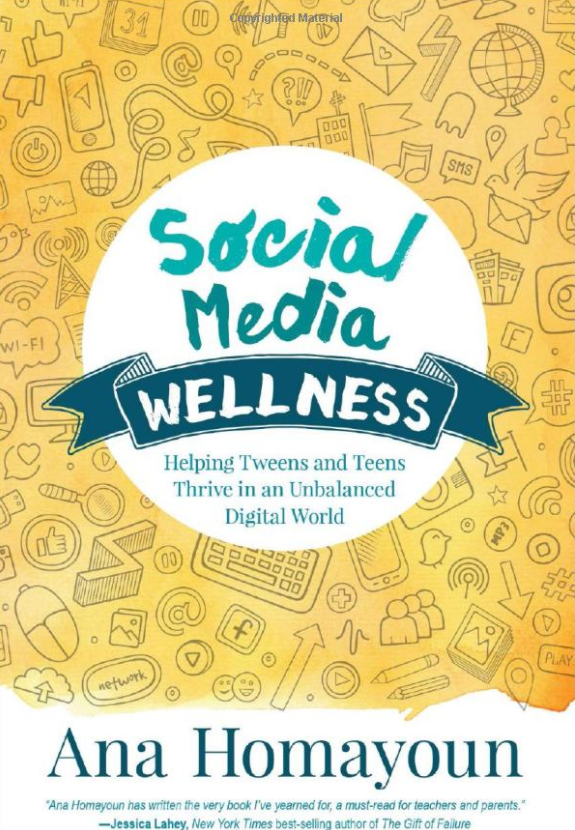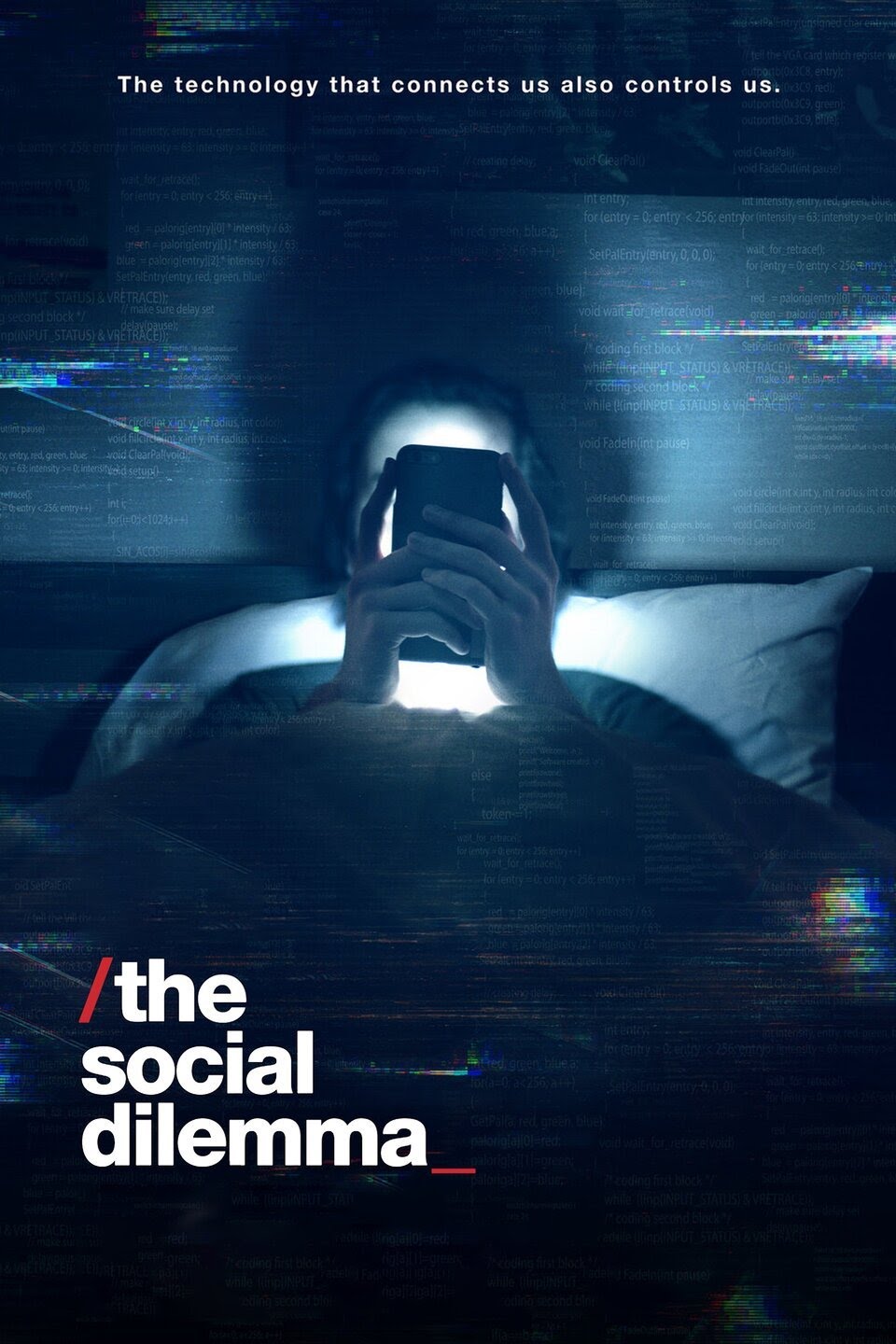Social Media: Ways to Stay Healthy
- 78982
- 487
This video discusses ways to stay mentally and emotionally healthy while using social media. It gives young people some ‘how-to’ tips for using social media in positive ways. [AMZ-142]
Youth
Being connected to your friends, family, and everyone else online can be awesome!
However, it is easy to get caught up with feeling that life needs to be perfect and continually comparing ourselves to others. It can feel great when we get ‘likes’ and ‘views’, but sometimes social media can make us feel sad, depressed, or like everyone else is better than us or having more fun. Social media can affect anyone, especially young people, and sometimes we don’t even realize it. Every time we scroll through an app, our eyes send picture messages to our brain, and our brain saves these images and messages as real life. Over time, we begin to compare real life to these false, negative, or unhealthy images stored in our brain, even if we aren’t trying to.
When we compare ourselves to others on social media, or follow social media campaigns that have negative messages, it can affect our self-image, our confidence, and even our mental health. It’s important to use social media in ways that help us be confident in our uniqueness and keep us mentally and emotionally healthy.
Here are some tips to staying mentally healthy while using social media:
Lead with positivity, kindness, and wellness! Find positive and motivating posts and people to follow, many creators on social media post positive quotes, inspiring stories, how-to videos for new and fun skills, and health resources. Follow the posts and creators that make you feel good, so the feel-good messages are the ones your brain stores-instead of the ones that make you feel bad. Be the leader of your friends, family, and classmates; post inspiring pictures, positive comments and emojis on peoples’ pages. Share people and pages that support mental health and places people can go if they need help. If you feel yourself about to make a negative comment or post, take a pause, ask yourself “is there something positive I can post instead?” or “should I just post nothing at all?”
Advocate for yourself and others online! If you see or receive messages or posts that are bullying or abusive, you should block and report it in the app. Talk to a trusted adult (parents, caregivers, teachers) about the post and decide together if you should report it. In many countries, like the US, some posts and messages are illegal, like sharing naked photos of others. It is important to report posts and messages when a person is physically or emotionally hurting themselves, or other people. If someone you know is showing signs of struggling with being online, help them find a trusted adult to talk to about their feelings and how they can change their behaviors online.
Avoid doom scrolling! Doom scrolling is when we keep scrolling through bad news or unhealthy posts, even if they make us feel bad. Pay attention to how social media is influencing your feelings, thoughts, or actions, especially when you are randomly scrolling through your feed. Remember that not everything you see online is real, but how it affects you is real.
Stay connected IRL! Try and switch off and take a break from social media every now and then and spend time with friends and family in real life. Some people even delete their social media for a week or two-called a social media cleanse- and spend time doing other things, like hanging out with friends, playing sports and games, or watching their favorite shows. If you notice that you check your device automatically-without realizing it-or feel like you have to check your social media all the time or are on social media more than 2-3 hours a day, you might be developing an unhealthy habit and spending too much time online.
Understanding social media can be challenging for everyone but following these tips can help you feel mentally healthy and like a social media champion.
FAQs
Try calling or texting a friend to meet up in real life! If you have FOMO, your friends might too. Calling someone to hang out or just talk on the phone can make them feel included and is a great way to connect.
There are a few questions to ask yourself:
- Is there a specific product in the post?
- Does the person tag a company or brand?
- Is the person selling something?
- Does the post link to another post?
- If the answer is yes to any of these, chances are it is an ad-and not real life.
Every person is different, but if you start to notice you feel bad about yourself or notice that you compare yourself to others when you are scrolling, it’s time to take a break and do an activity that doesn’t involve your device! If you notice that you check your device automatically-without realizing it, feel like you have to check your social media all the time, or get angry when you reach your time limit, you might be developing an unhealthy habit and spending too much time online.
Test your knowledge
Parents
The internet is a great place for young people to do research for school, connect with their friends and family, play video games, or check out the latest trending videos. It’s important to remember that billions of people access the internet, so there are lots of opportunities to connect—but not everything on the internet is real. It’s important for young people to think critically while looking at pictures or videos online.
Self-image refers to person’s feelings and personal view of their abilities, appearance, and personality. Many young people feel great pressure to look, act and be a certain way; don’t underestimate how much pressure young people feel and how much self-loathing exists. Young people need help understanding that the images they see on social media are often not real. Knowing the difference between reality, advertisements, and altered photos can be challenging for everyone, especially for a young person. There are a lot of pictures on social media that have been polished or enhanced, using filters or other apps, which can be challenging to detect and damaging to our self-image. It’s impossible for anyone to live up to these images that require teams of people to create and manipulate into idealized standards of life.
It’s best to start conversations about social media early. Instead of trying to figure out what your child is doing on social media and with other technology, coach your child through each platform and strategies to think critically about what they see. With your help, your child can grow as a person by exploring the world of technology and the internet while you provide a safety net of trust to fall back on.
Conversation Starters
Here are some ways to start these conversations:
Sit down with your child to look at funny videos or pictures, creating the space for your child to be comfortable with you and sharing online experiences. Ask your child to show you their favorite meme, YouTuber, or TikTok.
Social media is so pervasive that it can be a completely natural, comfortable topic of conversation with your child. You can say something like, “Did you see how the (current event) was all over TikTok, YouTube, IG, etc today?”
Just like we instill in our children a sense of self-worth, confidence, and self-empowerment in their everyday lives, it is just as important to have conversations about how social media can affect their self-image. Say things like, “Did you see that ad on social media today, it almost looked real?” Let them know that it can be hard to tell the difference for everyone. Discuss how celebrities make money posting; you can even look at some of your favorite celebrity’s posts together and find the ads and altered photos.
Educators
The internet is a great place for young people to do research for school, share pictures with friends, play video games or check out the latest trending videos. It’s important for young people to think critically while looking at pictures or videos online.
Self-image refers to a person’s feelings and personal view of their abilities, appearance, and personality. Many young people feel great pressure to look, act and be a certain way; don’t underestimate how much pressure young people feel and how much self-loathing exists. Young people need help understanding that the images they see on social media are often not real. Knowing the difference between reality and advertisements can be challenging for everyone, especially for young people. It’s impossible for anyone to live up to these images that require teams of people to create and manipulate into idealized standards of life.
Helping young people understand how social media advertising works, as well as the skill of thinking critically while using social media is essential. Give them plenty of opportunities in class to discuss popular posts, break-down marketing strategies used by social media companies, and to think critically with their peers about what they see. This will help them when they are scrolling on their own, in addition to helping them know how to access reliable resources in the future.
National Sex Ed Standards
Evaluate the impact of technology (e.g., use of smart phones, GPS tracking) and social media on relationships (e.g., consent, communication)
Demonstrate strategies to use social media safely, legally, and respectfully
Analyze the potentially positive and negative roles of technology and social media on one’s sense of self and within relationships
Analyze cultural and social factors (e.g., sexism, homophobia, transphobia, racism, ableism, classism) that can influence decisions regarding sexual behaviors
International Technical Guidance on Sexuality Education
Violence
Norms and Peer Influence on Sexual Behaviour
Discussion Questions
- What have you heard about influencers, social media ads, and filters and apps like Photoshop?
- How do you know if an online post is real, an ad, or has been altered?
- What are some examples of media posts that are advertisements or Photoshopped?
- How can you think critically when scrolling social media?
- What are some activities you can participate in when you take breaks from social media?
- When you use social media, what are some things you can do to stay mentally and emotionally healthy?

